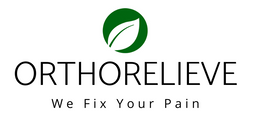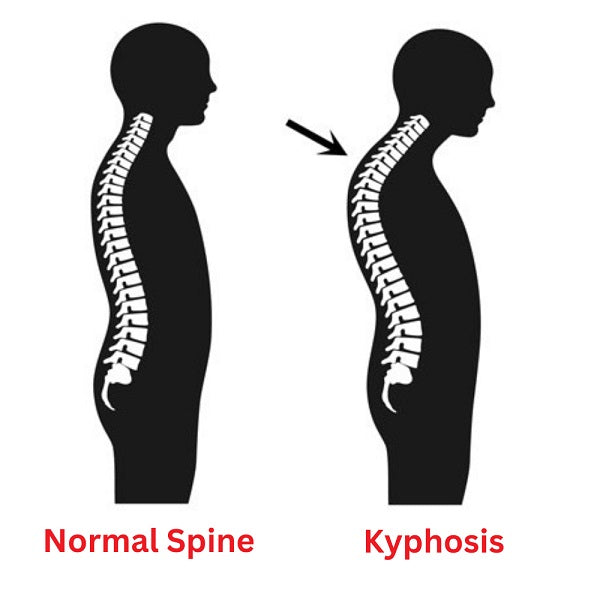Kyphosis is a condition that affects the spine and causes it to curve abnormally in an outward direction. It can lead to a hunchback appearance and result in discomfort, pain, and reduced mobility. The condition is more common in older individuals and women, but it can affect people of all ages and genders.
Symptoms of Kyphosis
The signs and symptoms of kyphosis can vary depending on the severity and underlying cause of the condition. Some common symptoms include:
- A rounded upper back
- An increase in the curve of the spine
- Pain in the back, neck, or shoulders
- Decreased mobility and flexibility
- Fatigue
- Trouble breathing
- Poor posture
Diagnosis of Kyphosis
Diagnosing kyphosis typically involves a physical examination and a review of the patient's medical history. In some cases, imaging tests such as X-rays, MRI scans, or CT scans may be needed to confirm the diagnosis and determine the cause of the condition.
Treatment of Kyphosis
The treatment options for kyphosis will vary depending on the underlying cause, the severity of the condition, and the patient's age and overall health. Some common treatments include:
- Physical therapy: Physical therapy can help to strengthen the muscles in the back and improve posture. This can help to reduce pain and prevent the condition from worsening.
- Medications: Over-the-counter pain relievers such as ibuprofen or acetaminophen can be used to manage pain and reduce inflammation.
- Bracing: In some cases, wearing a brace can help to reduce the curve of the spine and improve posture. Bracing should be prescribed by a doctor or physical therapist and should be used in conjunction with other treatments.
- Surgery: In severe cases of kyphosis, surgery may be necessary to correct the spinal curvature and improve posture.
Prevention of Kyphosis
There are several things you can do to prevent kyphosis or reduce the risk of the condition worsening:
- Maintain good posture: Good posture can help to reduce the strain on the back and neck, reducing the risk of developing kyphosis.
- Exercise regularly: Regular exercise can help to strengthen the muscles in the back, neck, and shoulders, improving posture and reducing the risk of developing kyphosis.
- Avoid activities that put a strain on the back: Activities such as lifting heavy objects or prolonged periods of sitting can put a strain on the back, increasing the risk of developing kyphosis.
- Wear supportive shoes: Wearing shoes with good arch support can help to reduce the strain on the back and neck, reducing the risk of developing kyphosis.
Conclusion
kyphosis is a condition that affects the spine and can lead to discomfort, pain, and reduced mobility. Understanding the symptoms, causes, and treatments of the condition can help you to manage it effectively. If you are suffering from kyphosis, be sure to talk to your doctor or physical therapist to determine the best course of treatment for your individual needs.
At OrthoRelieve, we offer a range of braces that can help to support the spine and improve posture, reducing pain and discomfort associated with kyphosis and other orthopedic conditions. Browse our collection today to find the perfect solution for your needs.



